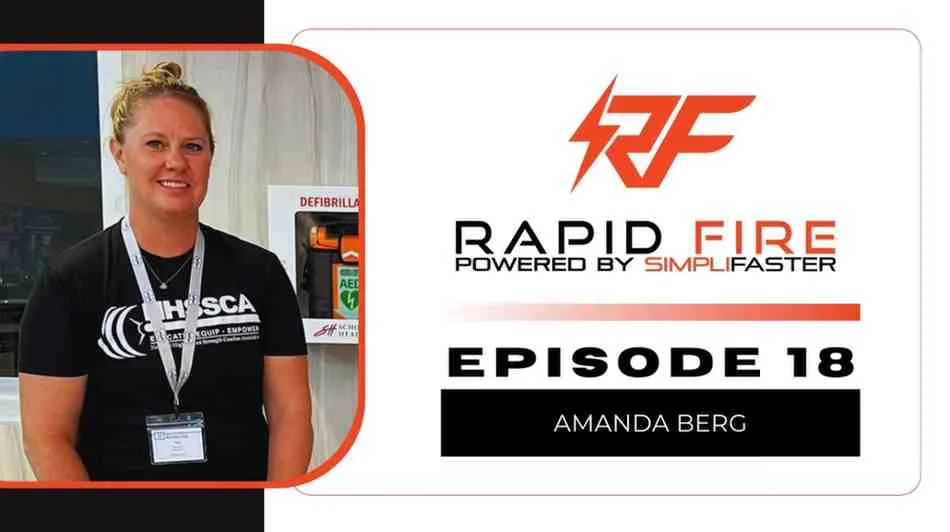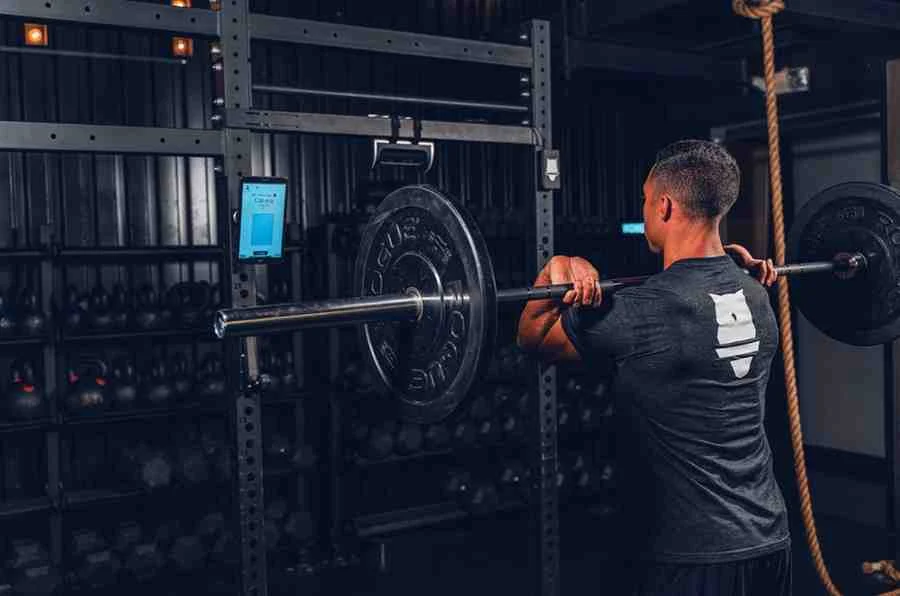[mashshare]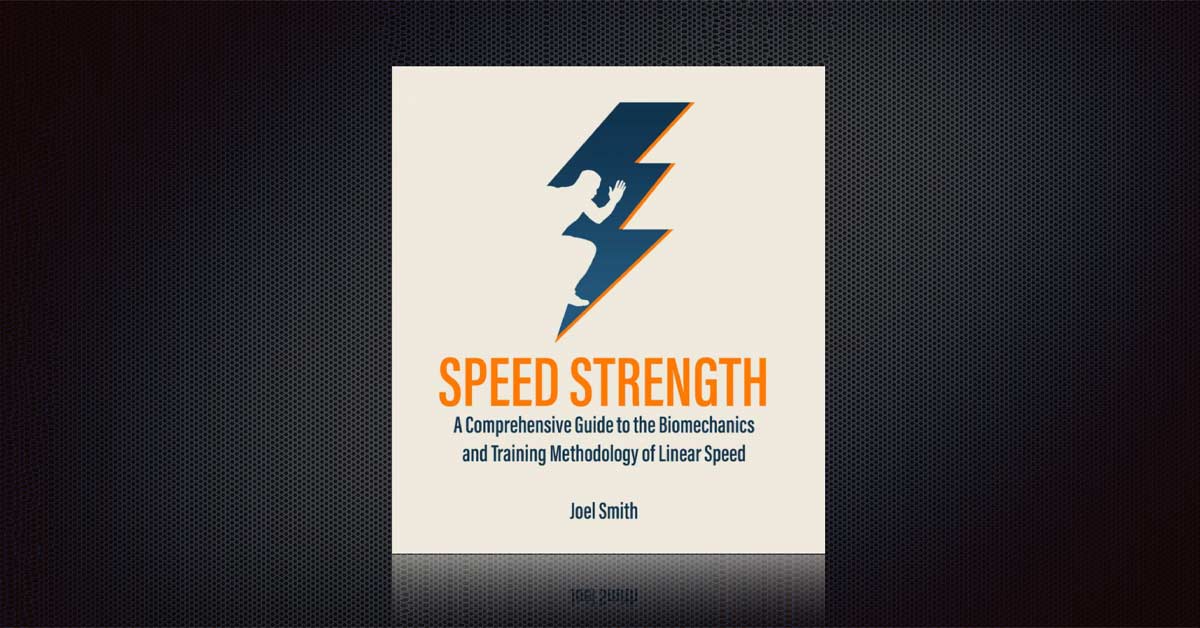
Joel Smith, founder of Just Fly Sports along with Jake Clark, puts pen to paper to outline his philosophies on developing linear speed in athletes in his new book, Speed Strength. Joel is a former track athlete now coaching at the Division 1 college level. Testing and developing his theories as both a track coach and a strength and conditioning coach, Joel has supported several athletes to Olympic success.
Furthermore, Joel has played host to a diverse group of performance specialists in more than 100 episodes of his “Just Fly Performance Podcast.” (In the interests of open and full disclosure, it should be noted up front that SimpliFaster also sponsors the podcast.) This background and coaching history clearly shows that Joel brings a broad range of knowledge and coaching experience to producing this training manual.
In the opening of Speed Strength, Joel points to speed as the #1 physical quality desired in sports. Share on XAs Joel points out in the opening pages of Speed Strength, speed is the No. 1 physical quality most desired in pretty much all sports. Speed is often the difference maker in the most important plays of the game or, in the case of track and field, it is the entire sport! While Joel and we, the readers, must concede that there is an enormous genetic component to speed, we can all train to develop what we have, or what our athletes have been gifted with. This is where Speed Strength comes in.
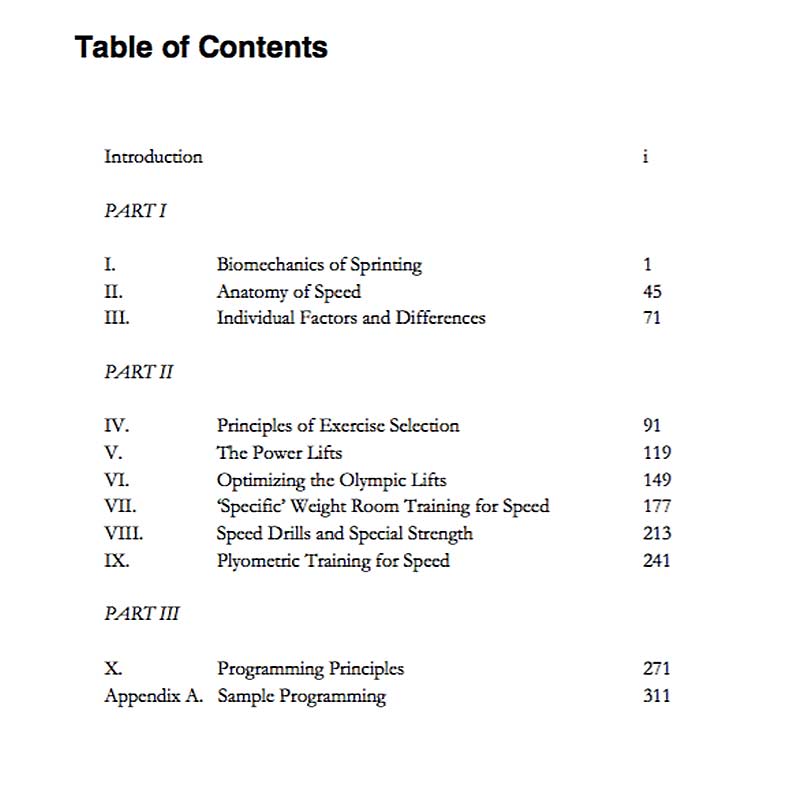
Throughout the text, Joel draws on his own experiences as a coach and as a track and field athlete, weaving in wisdom drawn from his mentors and coaching network with support from scientific literature. By being able to view the topic from the perspective of an athlete, a track coach, and a strength coach, Joel brings a broader perspective to the topic than someone wearing only one of these hats.
Speed Strength follows a fairly logical progression as a training manual. Joel starts by setting the scene in the introduction of why training for speed is important, introducing some important concepts and historical philosophies, and finishing with his own story of training for speed to provide context for what follows in the rest of the text.
The book is broken down into three parts:
- Part I introduces the underlying fundamental science important to developing speed.
- Part II is a step-by-step guide for implementing the various speed, strength, and power drills that comprise Joel’s training programs.
- Part III examines the principles of programming before Joel reveals sample programs he has used with his athletes.

Chapter 1 is an in-depth breakdown of the biomechanics of running, considering both acceleration and max velocity mechanics. It seems fairly obvious that if you are to design a training program for a specific motor quality, then you need to have a deep understanding of what you want to train for. Key to Joel’s training philosophy throughout is the requirement to achieve optimal forces to best take advantage of the innate abilities of the body.
As Randy Huntington said on Joel’s podcast, the role of muscles is to set up joints to take advantage of elastic properties of the body’s tissues. This is a fundamental concept within Speed Strength. There is more to running fast than high force outputs; being able to orient high force relative to bodyweight in the right direction in short time frames is what counts.
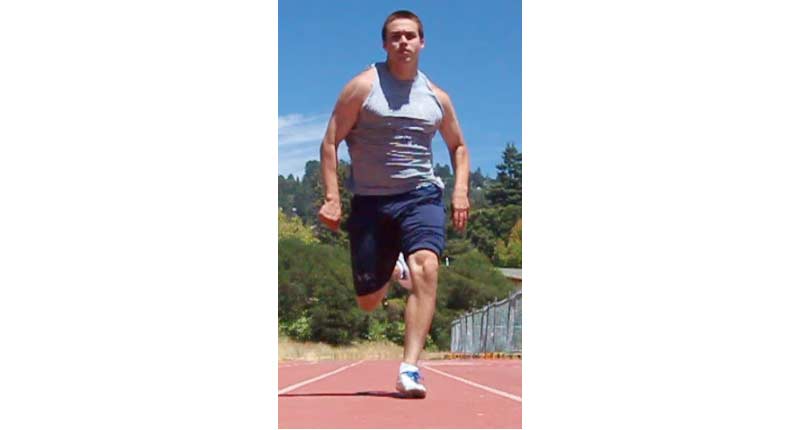
Tying in to this idea of exploiting the elastic properties of the body, Joel is a big proponent of the impact of the fascial system on creating speed. Chapter 2 is an overview of anatomy as it pertains to speed, further highlighting the importance of the foot and position in creating speed. As with the other chapters in Part I, this section sets up the foundational knowledge that supports the programming and exercise selection that follows.
Any experienced coach is aware that while there may be certain principles and guidelines to follow when designing a program and coaching athletes, individualization of the training specifically to the athlete before you is a critical piece of the puzzle. Chapter 3 outlines how certain characteristics inherent to the individual athlete will affect the planning and training process.
Joel describes a primary reason for writing the book as being “to provide a strength and weight room guidebook for sports performance and track coaches.” After introducing the necessary fundamental scientific principles in Part I, Joel really gets into the meat of the subject in Part II. Chapter 4 explains targeted adaptations to various training methods, introducing some basic principles of training such as specificity, force vector theory, and tempo.
Chapters 5-9 provide guides on the major training mode classifications and their influence on speed development, from conventional barbell strength training (Chapter 5) to the oft-utilized Olympic lifts (Chapter 6), special strength training methods (Chapter 7), specific speed drills (Chapter 8), and plyometrics (Chapter 9).
Joel is not your classic weight room guy, i.e., squat more = more strength = more force = more speed and power. This is not Joel. Neither is he an anti-weight room guy. Joel tries to provide a reasoned argument for applying the different weapons within his arsenal to achieve his goal. For example, in utilizing the basic barbell lifts,Speed Strength reasons what they can do, what they can’t do, and how to best adapt training methods to get the most out of them for your specific goal—in this case, linear speed development.
Given that Joel transcends both the track coach and strength coach roles, this is not the typical “squat and power clean more, build a bigger engine in the gym, and apply more force to the floor” strength and conditioning coach approach to developing speed.
After outlining the different tools that he has amassed over his coaching career, in the final section of the book Joel outlines how to bring all this knowledge and all these exercises together in an effective and coherent program. It is not merely about having all the latest tools, equipment, and knowledge; it is about knowing when to use the right tool for the right job at the right time.

In Chapter 10, Joel elaborates on his philosophy and principles of speed and strength programming for athletic performance, with the final section’s appendix providing sample training programs for different levels of athlete, in different sports, for different phases of the season.
Positives (it doesn’t feel right to use “strengths” again) of Speed Strength include the obvious time and effort that went into planning the text and the resultant finished copy. The book progresses in a well-thought-out manner, from providing the motivation for producing the resource to beginning with the fundamental scientific principles behind the training methods and philosophy for developing speed. Speed Strength then outlines how Joel applies each of the training modalities with specific key exercises, all clearly explained. Finally, it is all brought together finishing with the reasoning behind, and examples of, specific speed development programs.
This is the second text I have reviewed that makes use of QR codes for technology and videos that further bring alive the text and 2-D photos on the page by incorporating your smartphone scanner. All books on training face the challenge of describing often complex training ideas and exercises in mere words and limited two-dimensional pictures. This growing trend of including QR codes to augment a book’s material is taken advantage of in Speed Strength.
Joel provides a full and open look into his training philosophy and coaching methods. Share on XAs with any coaching philosophy, there may be aspects that you do not fully agree with and ideas that you do not implement or absorb. As ever, it is up to the reader and coach to decide what they will apply for themselves. What Joel does is provide a full and open look into his training philosophy and coaching methods, and he has a solid coaching pedigree to support the efficacy of his training model.
Since you’re here…
…we have a small favor to ask. More people are reading SimpliFaster than ever, and each week we bring you compelling content from coaches, sport scientists, and physiotherapists who are devoted to building better athletes. Please take a moment to share the articles on social media, engage the authors with questions and comments below, and link to articles when appropriate if you have a blog or participate on forums of related topics. — SF
[mashshare]

